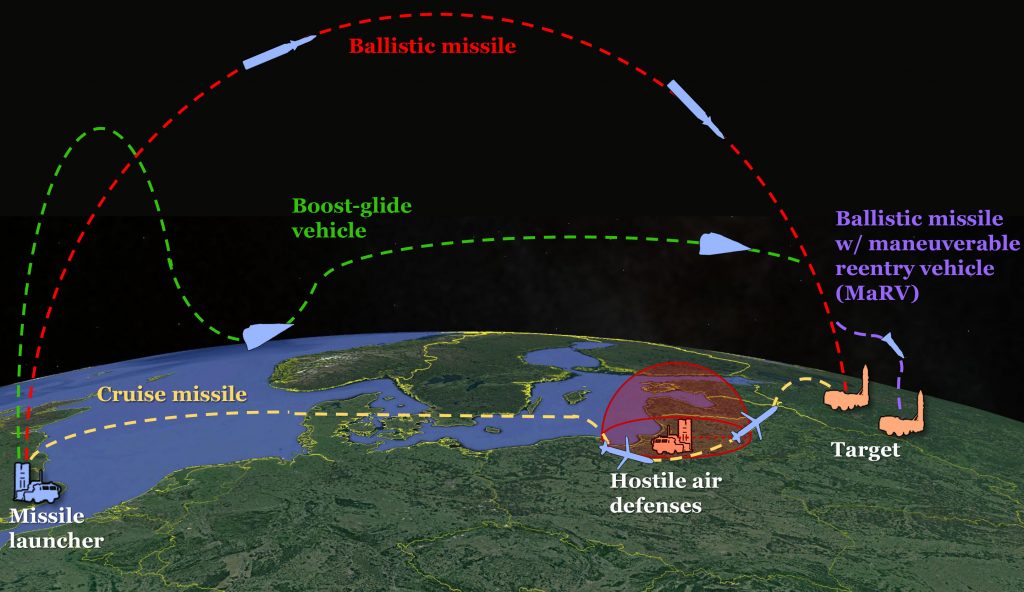DRDO, PSU and Private Defence Sector News
- Thread starter Sridhar
- Start date
More options
Who Replied?A simple license version of AutoCAD cost over 1lakh.Thirty eight lakhs twenty eight thousands six hundreds and sixty five rupees and seventy six paise... WTF?
- Joined
- Jan 26, 2021
- Messages
- 7,365
- Likes
- 27,771
Engine compartment looks more aerodynamic
gslv markIII
New Member
- Joined
- Jan 17, 2016
- Messages
- 1,856
- Likes
- 17,594
Spread over 511 acres, this exclusive defence factory, to come up in the next five years, will be involved in making next generation weapon systems end-to-end, including missiles, radars, seekers, engines, avionics, fighter planes, helicopters and the likes, employing close to 2,000 persons. This will also serve as a defence export processing zone to cater to the overseas market, said VEM Technologies Chairman and Managing Director V. Venkata Raju on Sunday.

 www.thehindu.com
www.thehindu.com
VEM Tech to set up ₹1,000 crore integrated defence factory in Sangareddy
To also serve as a defence export processing zone to cater to the overseas market
- Joined
- Jan 14, 2020
- Messages
- 9,609
- Likes
- 84,139
- Joined
- Jan 14, 2020
- Messages
- 9,609
- Likes
- 84,139
- Joined
- Jan 14, 2020
- Messages
- 9,609
- Likes
- 84,139
mokoman
New Member
- Joined
- May 31, 2020
- Messages
- 6,484
- Likes
- 34,873
looks like rustom wing tip.
i guess rustom is flying over area , live feed is from it
- Joined
- Jan 26, 2021
- Messages
- 7,365
- Likes
- 27,771
Not likely ,it seems to me something like animation .looks like rustom wing tip.
i guess rustom is flying over area , live feed is from it
But whoa where are these images from @fire starter
User trials by second quarter of 2022. That's formal induction only by 2024 if everything goes well.
mokoman
New Member
- Joined
- May 31, 2020
- Messages
- 6,484
- Likes
- 34,873
looks like rustom wing tip.
i guess rustom is flying over area , live feed is from it
looks to me like image taken from underneath a UAV , its the portion of wing . opened in paint.Not likely ,it seems to me something like animation .
But whoa where are these images from @fire starter
looks like other screens are playing video files in windows media player .
- Joined
- Jan 14, 2020
- Messages
- 9,609
- Likes
- 84,139
Mobile Command Control (MCC for BMD.

gutenmorgen
New Member
- Joined
- Feb 14, 2021
- Messages
- 184
- Likes
- 547
Oh I am not talking about the cost at all. I am just wondering how are people bidding in paise..A simple license version of AutoCAD cost over 1lakh.
Okabe Rintarou
New Member
- Joined
- Apr 23, 2018
- Messages
- 2,338
- Likes
- 11,996
They are different. Two reasons:-
Anyone upto the task ? ( As long as it makes sense )
- Trajectory
- Materials
Red trajectory peaks at 1000 km altitude or thereabouts (varies widely per range of missile).
Green trajectory (glide phase) is below 100 km altitude (Karman line).
Yellow is less than 1 km above ground.

A1P has a MaRV, not a boost-glide vehicle. Look at the purple part of the trajectory, that is what A1P RV can do. Green is what the American C-HGB does. But your question is WHY THE HECK WHEN THEY LOOK SO SIMILAR!? And I could go on about the percieved size in difference of fins as well as their slant, but forget that. Here comes the second reason: materials.
Hypersonic flight temperatures through atmosphere can lead to air/spacecraft temperature reaching around 2000 degrees C or more.
In the case of most atmospheric re-entries (terminal part of red/purple trajectories), be it of Spacecraft, Crew capsules, Nuclear RVs or MaRVs, the duration of hypersonic flight through the atmosphere is a few minutes because only that last bit of the trajetory is dipped in the atmosphere, rest is outside of it. And the heat shield of choice in this scenario is an Ablative Heat Shield, because that can withstand these temperatures, but that eats up the shield rather quickly. Another way is what ISRO uses in RLV: Carbon-Carbon CMCs in the nose.
But in the case of the HGV/boost-glide vehicle's cruise and terminal stages (flat part of the green trajectory), time spent in atmospheric hypersonic flight is much more than re-entry duration of a spacecraft/MaRV. So now, the materials on the HGV need to withstand that high temperature for much longer. So the usual ablative or C/C CMCs are not enough as these will completely erode in minutes and you need sustained flight. What is likely needed is an even better class of materials: Zirconium diboride or Hafnium diboride based CMCs.
Then there is the entire control problem for something flying the entire way while blanketed in a plasma sheath. There are ways of mitigating the comms. blackout due to the plasma, but not sure how useful it is for HGVs. Not sure how much work DRDO has done there, but its probably a lot considering HSTDV.
There is actually a third reason as well: pointy-ness <insert General Aladeen meme>. High lift-to-drag ratios are important for gliding, meaning they are important for HGVs, not for MaRVs. For high lift-to-drag ratio your nose needs to be pointy. Not blunt like the A1P MaRV or RLV. But pointy nose means the temperature at that tip is much higher (maybe a 1000 degrees higher) than on the blunt nose of a re-entring spacecraft/MaRV. That again leads to requirement of better materials.
Now your assertion is that these two things look so similar so why aren't they the same. I believe the Americans when they say theirs is an HGV (tho weird shape, I know) because they are probably world leaders in materials science right now. Especially when it comes to aerothermodynamic materials. I also believe our scientists when they do NOT call it an HGV because had this been an HGV, we would have seen tons of slides on this by now. But your assertion that it could be a secret NCA and DRDO are keeping from us and maybe its secretly an HGV, not a mere MaRV. To that I say "maybe, but I doubt it. Unless we can be sure that ISRO or DMRL have been working on the materials issue and have made headway."
Another reason is because if A1P RV was an HGV, the Americans who closely watch our tests, would have picked up on it and we might have been reading about it on some RAND Corp report clamouring for a Hypersonics Control Treaty.
Hence I conclude A1P RV is an MaRV, not an HGV. I have just one request. Please be gentle senpai.
Photon
New Member
- Joined
- Apr 13, 2021
- Messages
- 702
- Likes
- 4,549

India’s Stealthy Unmanned Combat Air Vehicle Demonstrator Breaks Cover (Updated)
India is jumping into the stealthy drone game, but it will take time to catch up with its rival China's robust pursuits in this arena.
Karthi
New Member
- Joined
- Jul 15, 2018
- Messages
- 2,214
- Likes
- 17,755

India’s Stealthy Unmanned Combat Air Vehicle Demonstrator Breaks Cover (Updated)
India is jumping into the stealthy drone game, but it will take time to catch up with its rival China's robust pursuits in this arena.www.thedrive.com
Usual Farts and shits about Indian capabilities .
gslv markIII
New Member
- Joined
- Jan 17, 2016
- Messages
- 1,856
- Likes
- 17,594
Leave it, I have even seen some commentators on the same website asking if India even have materials for the HSTDV that can survive aerothermodynamic heating.Usual Farts and shits about Indian capabilities .
No, we don't have any. It's not like we have an effing space program where we work with high temperature materials, right?

SavageKing456
New Member
- Joined
- Apr 14, 2020
- Messages
- 3,090
- Likes
- 18,176
Computational fluid dynamics.CFD code?
HiFUN was against ansys and openfoam
HiFUN – SUPERCOMPUTER EDUCATION AND RESEARCH CENTRE
 www.serc.iisc.ac.in
www.serc.iisc.ac.in
Articles
-
India Strikes Back: Operation Snow Leopard - Part 1
- mist_consecutive
- Replies: 9
-
Aftermath Galwan : Who holds the fort ?
- mist_consecutive
- Replies: 33
-
The Terrible Cost of Presidential Racism(Nixon & Kissinger towards India).
- ezsasa
- Replies: 40
-
Modern BVR Air Combat - Part 2
- mist_consecutive
- Replies: 22
-
Civil & Military Bureaucracy and related discussions
- daya
- Replies: 32
